HOSTS- Jeremy Burns, Matthew Scott Phillips
TYPE- Theory
DURATION- 85:13
BUMPER MUSIC- "Reinterpret This" (Area 47 Music)
ANNOUNCER- Mike Cunliffe
Follow along as we delve into enharmonic spellings and reinterpretation and the various reasons why they are necessary. We will also demonstrate some great ways to use these reinterpretations for some snappy modulations to far away places!



-In the case of ENHARMONIC REINTERPRETATION, we will recognize one chord as another in a different key.
-Below we see a I - V7 - I progression in the key of G major. In measure 2, we have a V7 chord which is spelled: D - F# - A - C. (scale degrees 1 - 3 - 5 - 7). Nothing out of the ordinary. But pay attention to the C note in the V7 chord.



There are four chords that can be enharmonically reinterpreted in different keys. The listener might actually hear these reinterpretations when they land in a different place than expected.
1- The MAJOR-MINOR SEVENTH can be reinterpreted as a V7 or as a Ger+6, as demonstrated.
2- The FULLY DIMINISHED SEVENTH CHORD can be reinterpreted as a LEADING TONE chord with any of the other 3 chord members as the root.
3- The AUGMENTED TRIAD can be the AUGMENTED TRIAD of any of 3 keys. Like the FULLY DIMINISHED SEVENTH chord, this triad is a symmetrical set.
4- The FRENCH +6 TRIAD can be the Fr+6 of the key a TRITONE away.

-In ENHARMONIC MODULATION, the common chord is reinterpreted enharmonically to better fit the new key. In this case, the spelling is not important. But the common chord should actually be sonically recognized as a sensible chord in both keys.
-As seen earlier, the V7 chord can be reinterpreted as the Ger+6 chord in the new key. Below we have a
I - V7/IV - IV - V - I. Nothing strange about that. But pay attention to the V7/IV chord in measure 2.


%20c-m%20i64-%20v7%20-%20i-1752x203.png?crc=4059699294)

-While the DIMINISHED 7th chord can go to 4 different places, using any chord tone as a leading tone, it is not as commonly used as the previously mentioned MAJOR MINOR 7TH chord. Below, we are modulating to F# major from C major by reinterpreting the viiº7 chord, in first inversion, of the old key to viiº7 in the new key.


